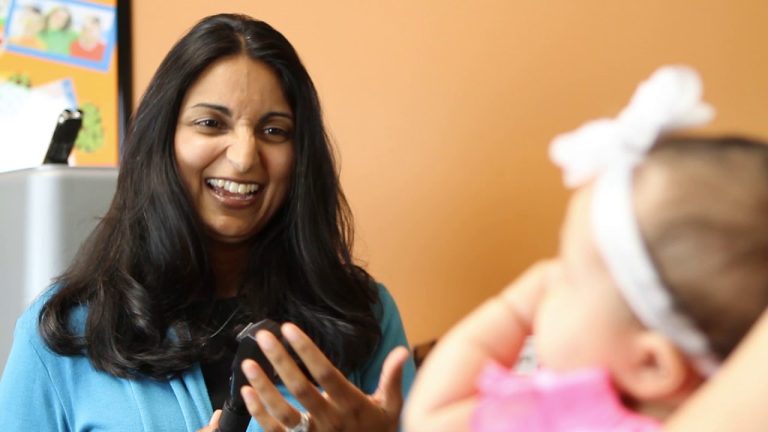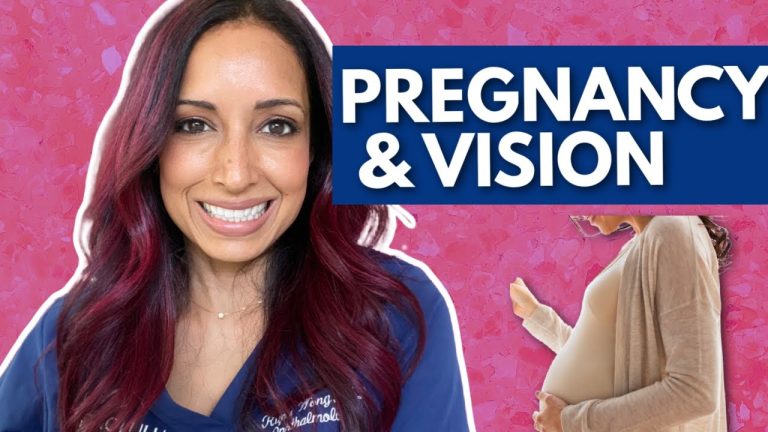10 Eye Care Resources for Low-Income Families: Affordable Ways to Protect Your Vision
A person’s vision is an essential component of their everyday life. The ability to see is necessary for carrying out daily tasks such as reading, writing, cooking, and driving, among others. Unfortunately, not everyone has the privilege of accessing eye care resources. Low-income families, especially, struggle to afford the services of an eye care specialist. This problem can lead to an increase in vision problems and poor eye health. Luckily, there are resources available to help those in need.
Several organizations and programs provide eye care resources for low-income families. These resources aim to improve eye health and prevent eye diseases. One of these programs is EyeCare America, a public service program of the American Academy of Ophthalmology. This program offers eye care services to those who are eligible, including seniors and those with diabetes. Qualified individuals receive a comprehensive eye exam and up to one year of treatment at no out-of-pocket cost.
Other Eye Care Programs and Resources
In addition to EyeCare America, there are other programs and resources available for low-income families. One program is Medicaid, a government-sponsored health insurance program for those with limited income. Medicaid covers eye exams, glasses, and other eye care services for eligible individuals. Another program is Children’s Health Insurance Program (CHIP). This program provides free or low-cost healthcare, including eye exams and eyeglasses, to children in families who meet certain income guidelines.
Non-Profit Organizations
Several non-profit organizations also provide eye care resources to low-income families. One of these organizations is VSP Global Eyes of Hope. Through its Mobile Eye Clinic program, VSP offers free eye exams and glasses to those in need. Another organization is OneSight, which offers ongoing programs to provide access to permanent vision care services, including eye exams and glasses, to those in need.
The Importance of Eye Care
Eye care is crucial for everyone, especially for those with limited access to resources. Regular eye exams can detect early signs of vision problems and prevent them from worsening. It can also help in the early detection of eye diseases such as cataracts, glaucoma, and diabetic retinopathy. Proper eye care can also lead to better performance in school, work, and other activities that require good vision.
Overall, there are several programs and resources available for low-income families to access eye care services, including eye exams, glasses, and treatment. Organizations like EyeCare America, Medicaid, CHIP, VSP Global Eyes of Hope, and OneSight provide a safety net to ensure that everyone has access to quality eye care services. By taking advantage of these resources, low-income families can improve their eye health, prevent vision problems, and maintain a better quality of life.
Most wanted in Hoya Vision:
What brand lenses does Costco use?
What does +0.25 mean on an eye test?
Do tinted glasses help with migraines?
Should eyeglasses cover eyebrows?
Hoya Lens Engravings
Hoya Identification Chart
Is gray or brown better for transition lenses?
Does hyperopia worsen with age?
What are prism eyeglass lenses?
What is the difference between Ray Ban RB and Rx?
















